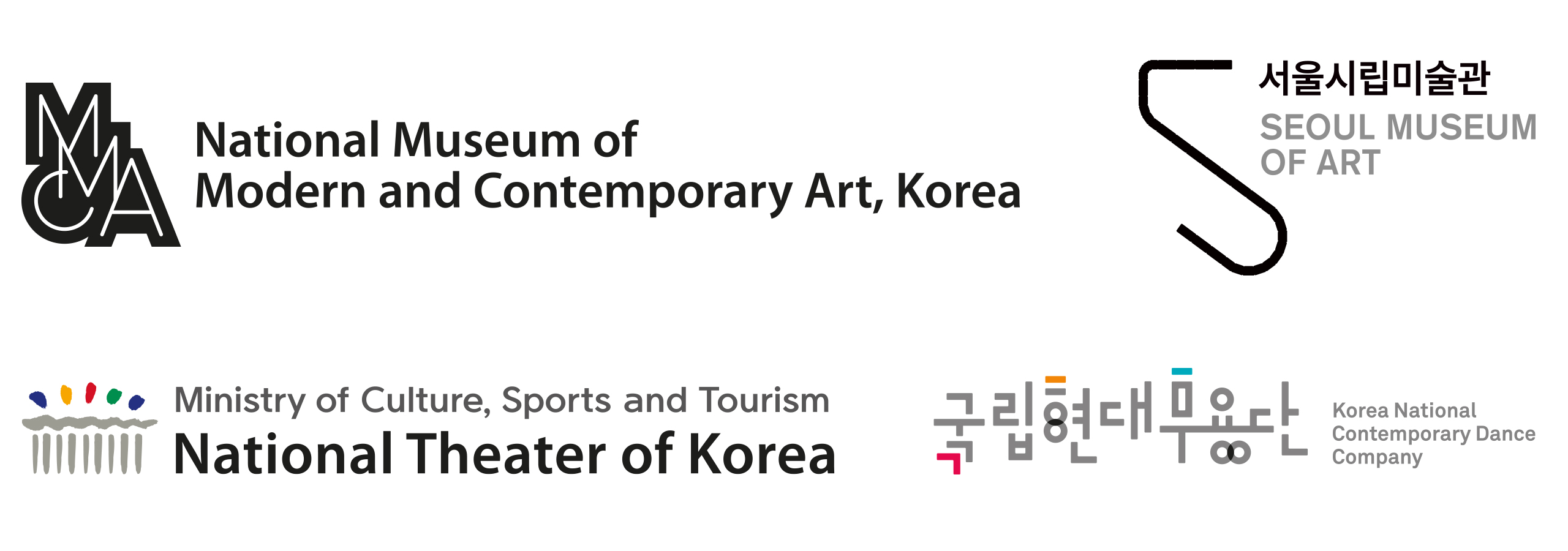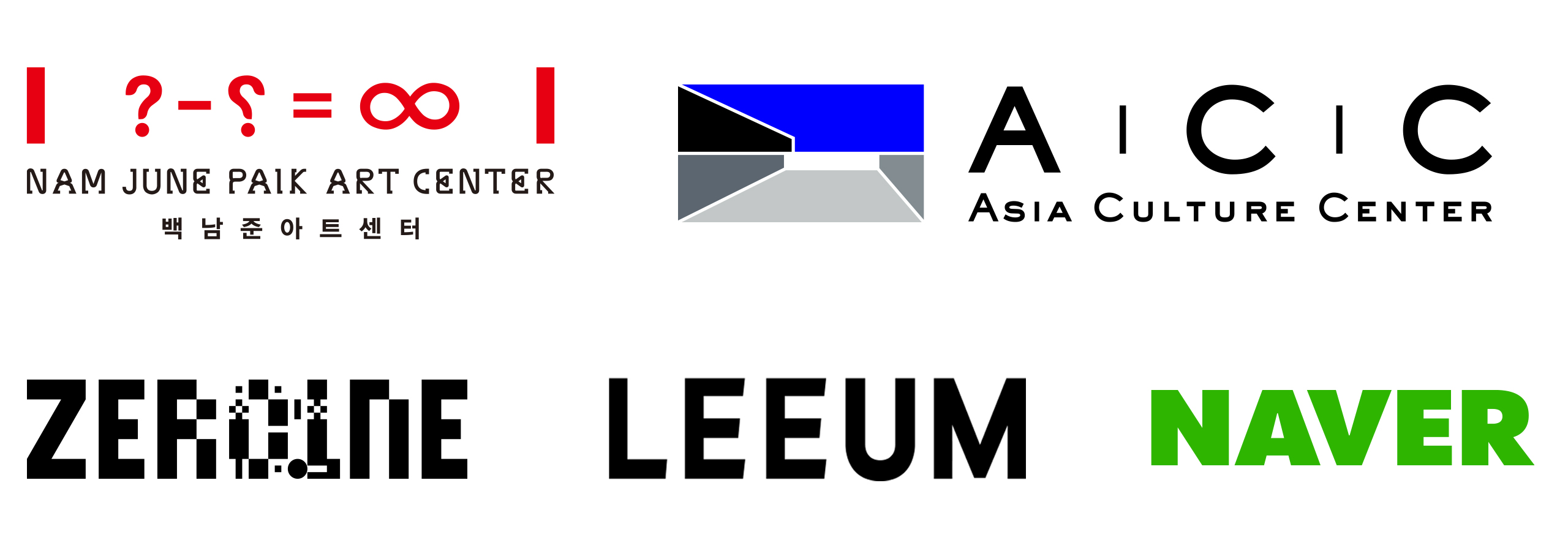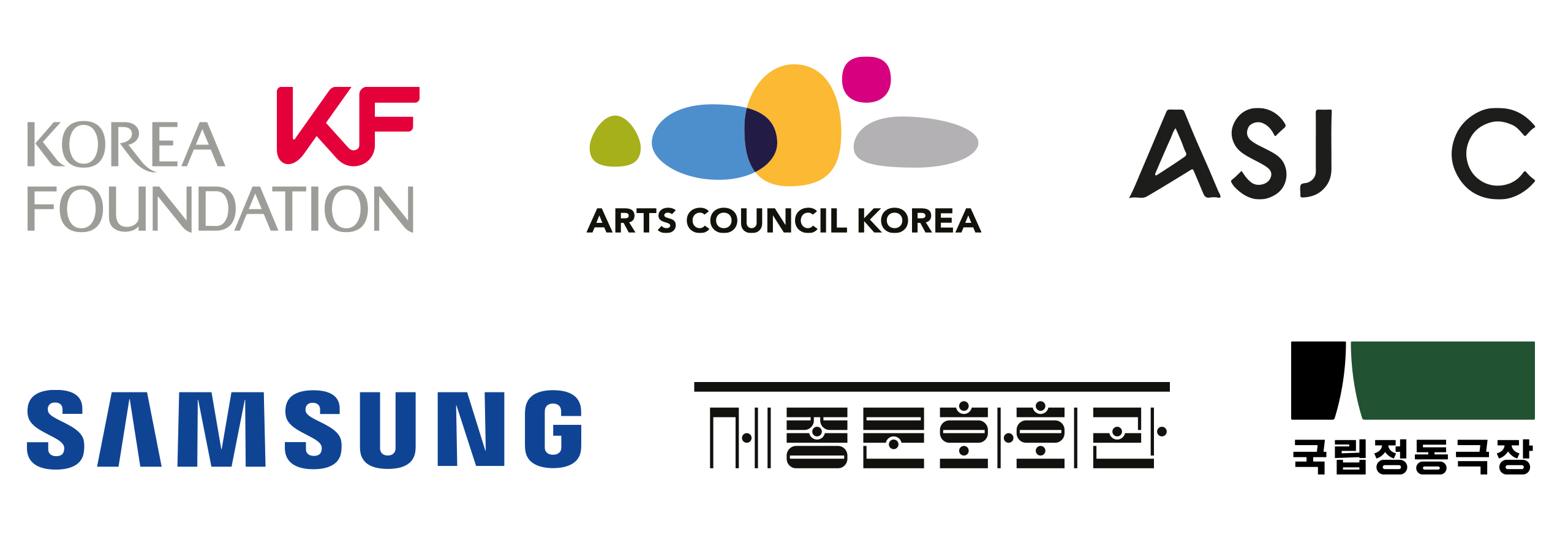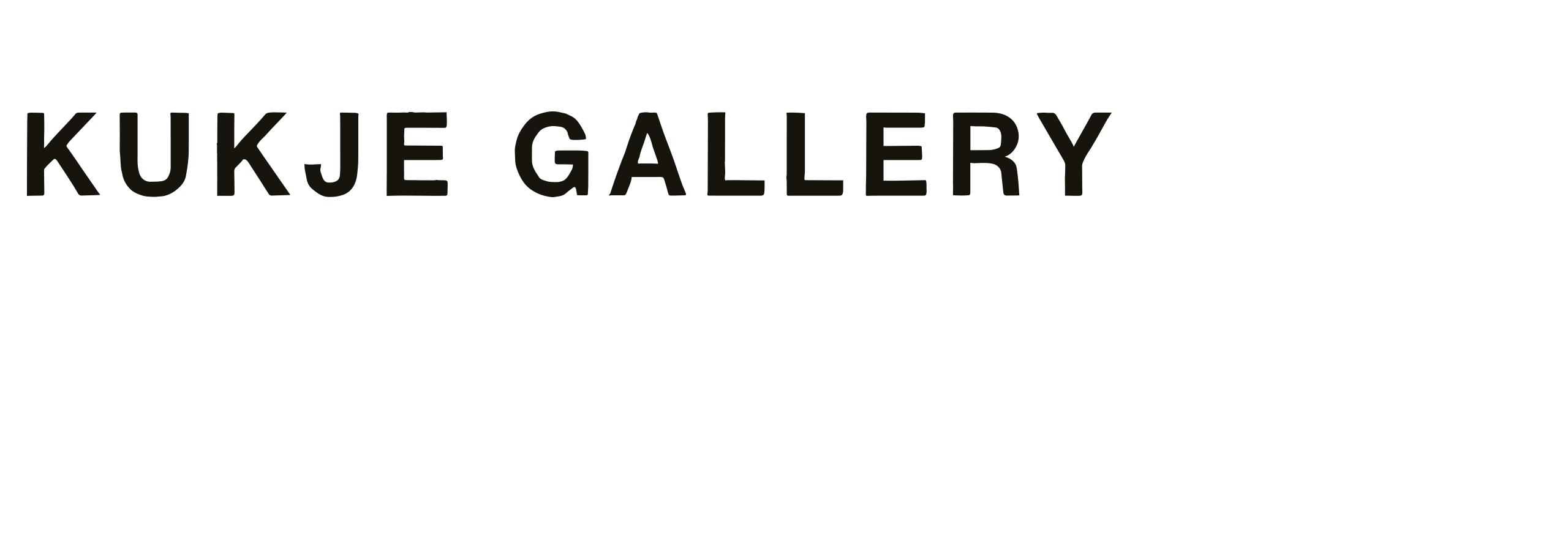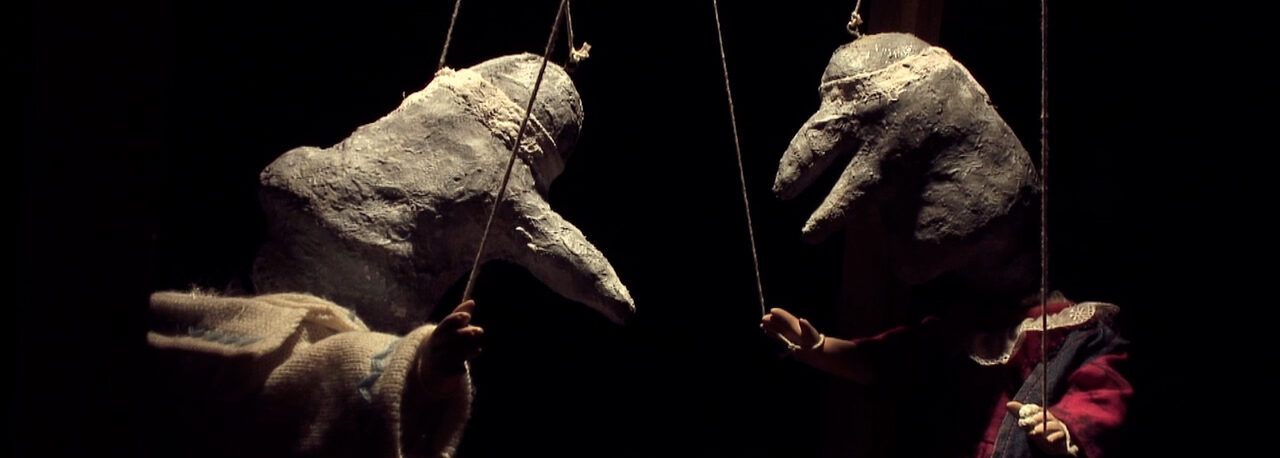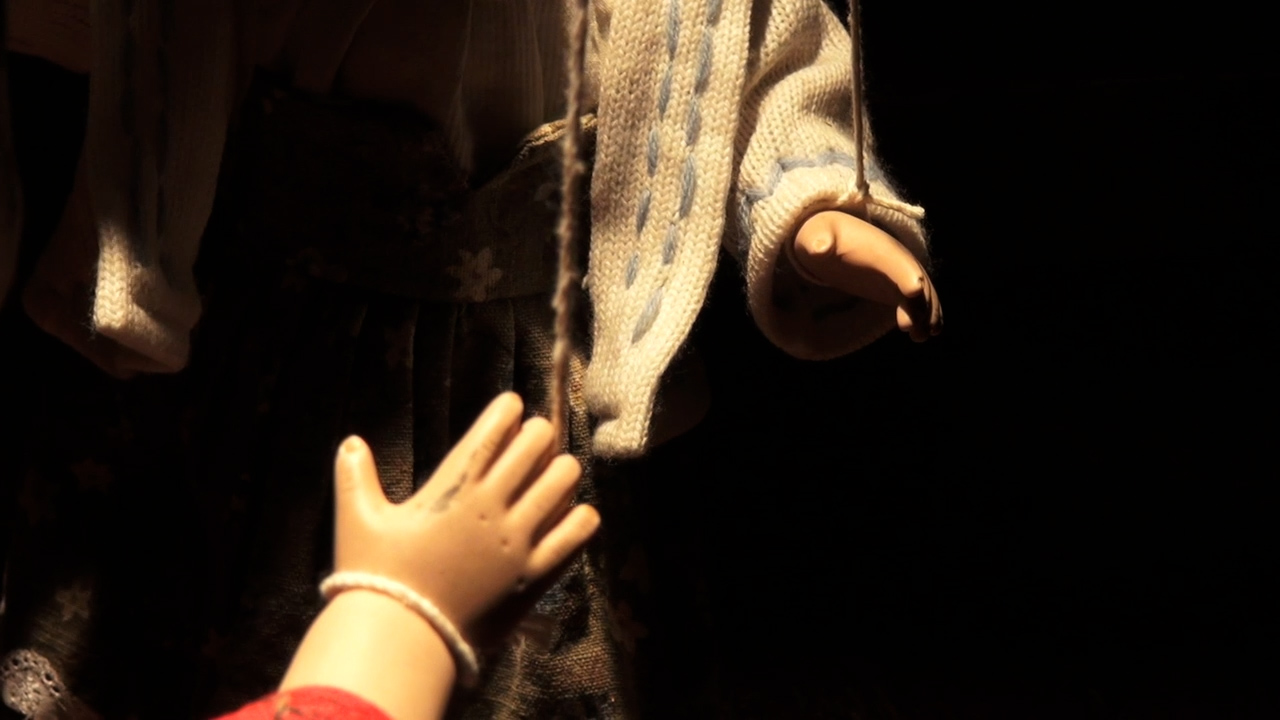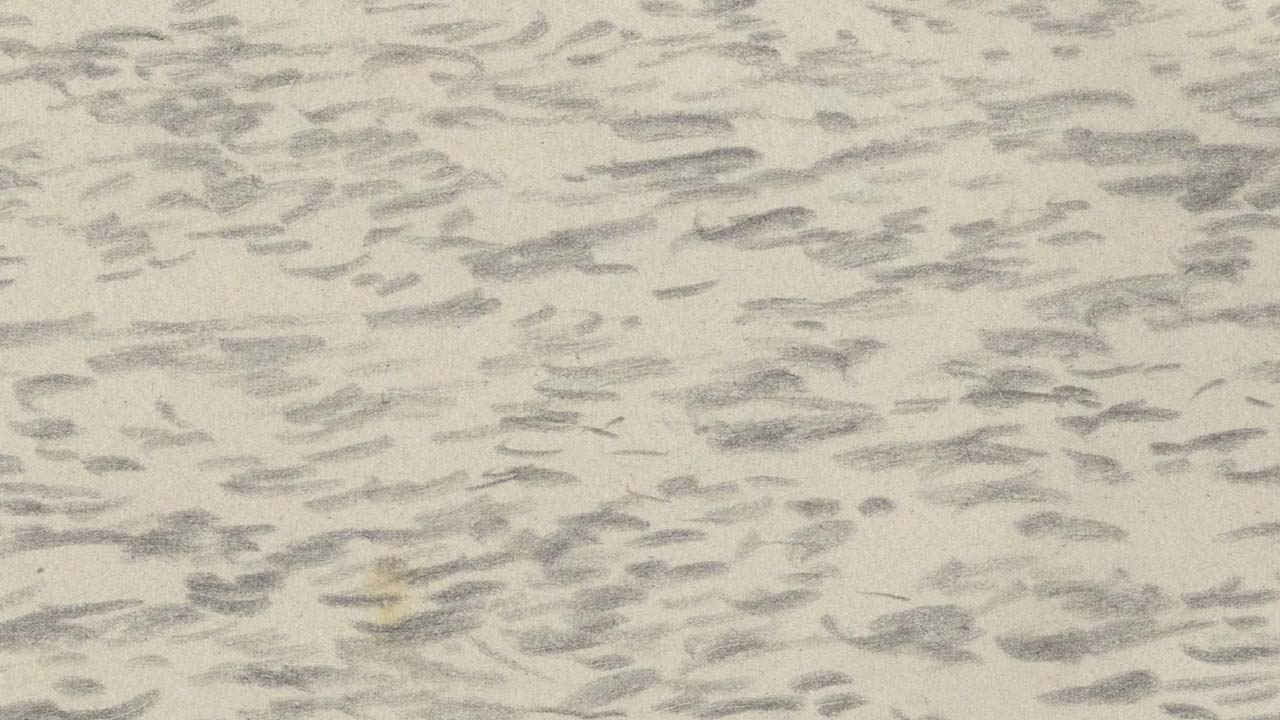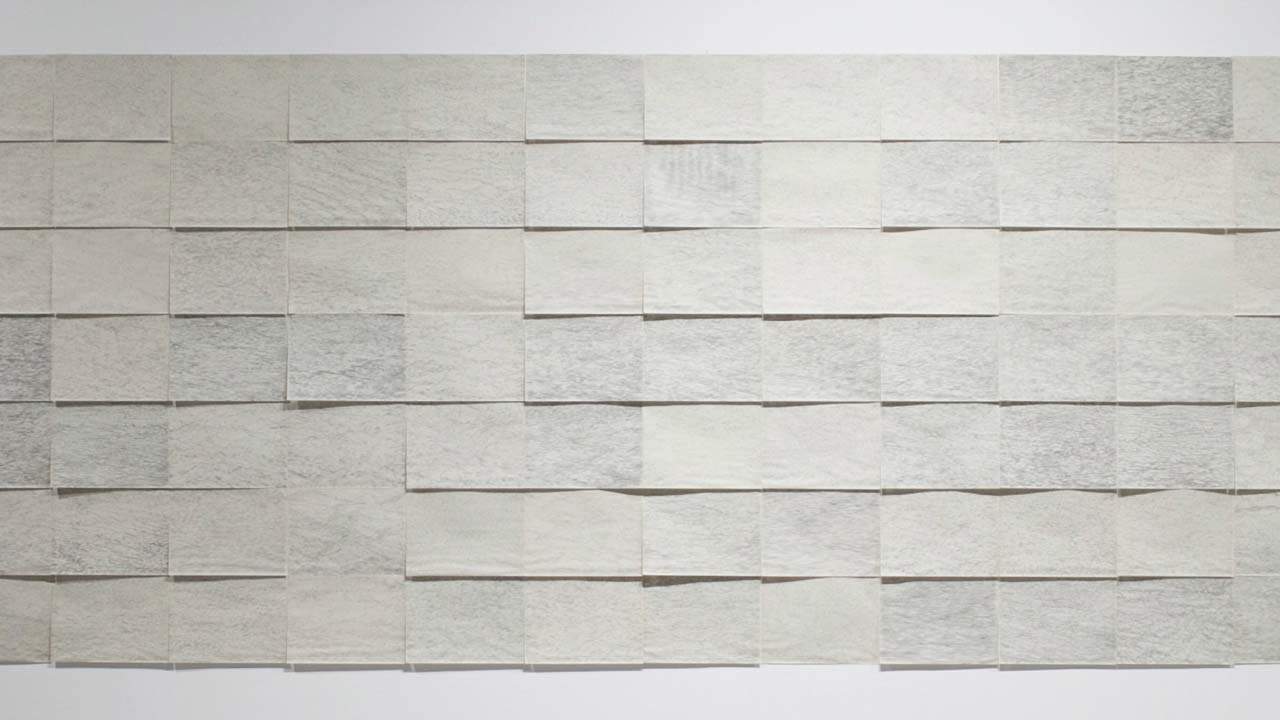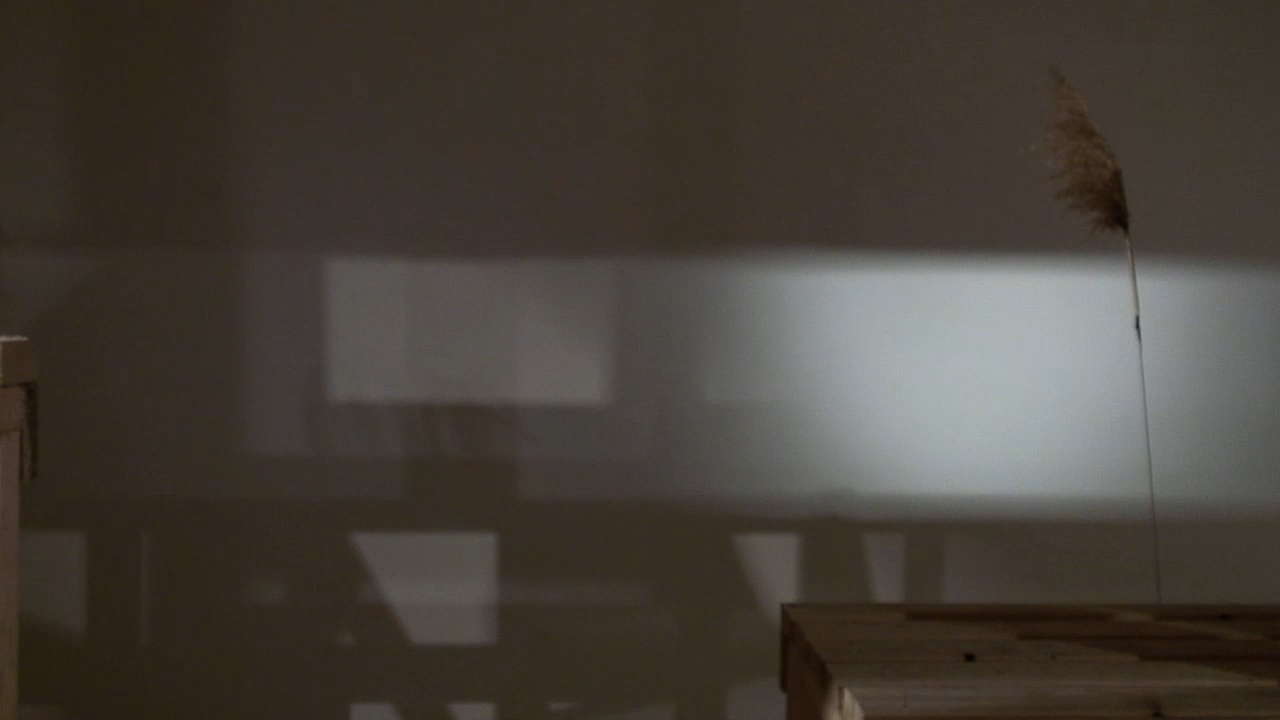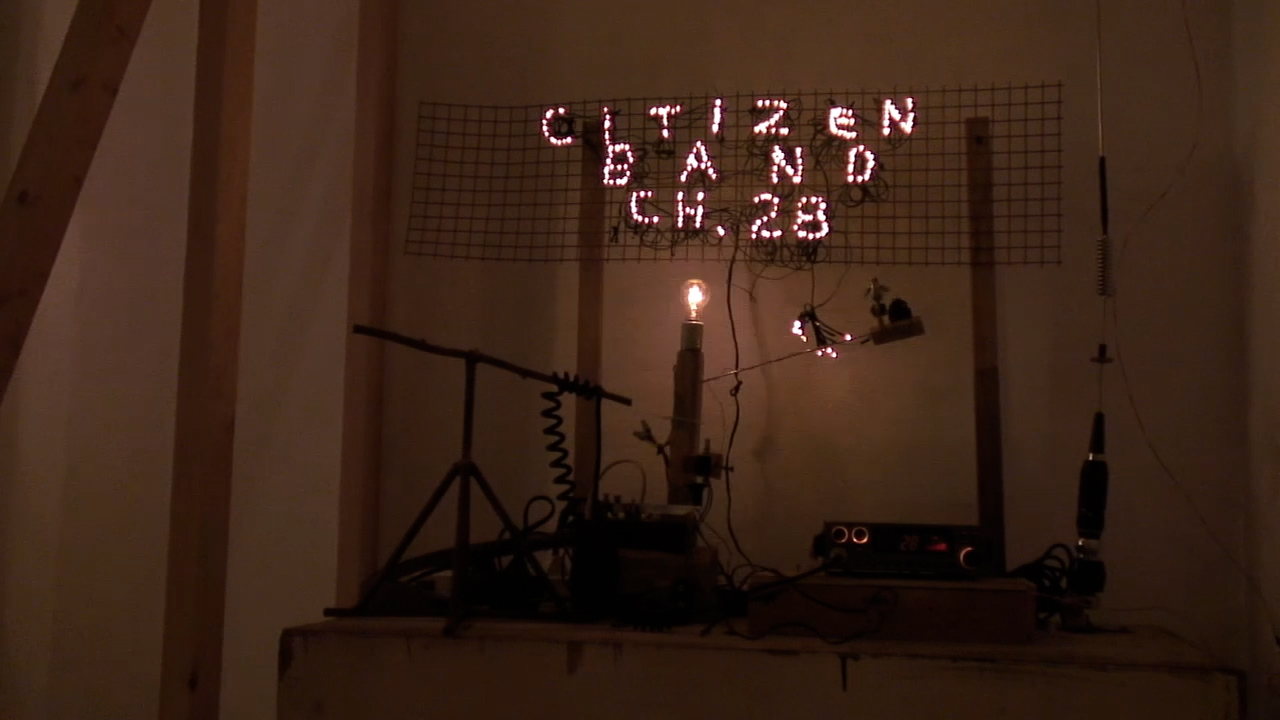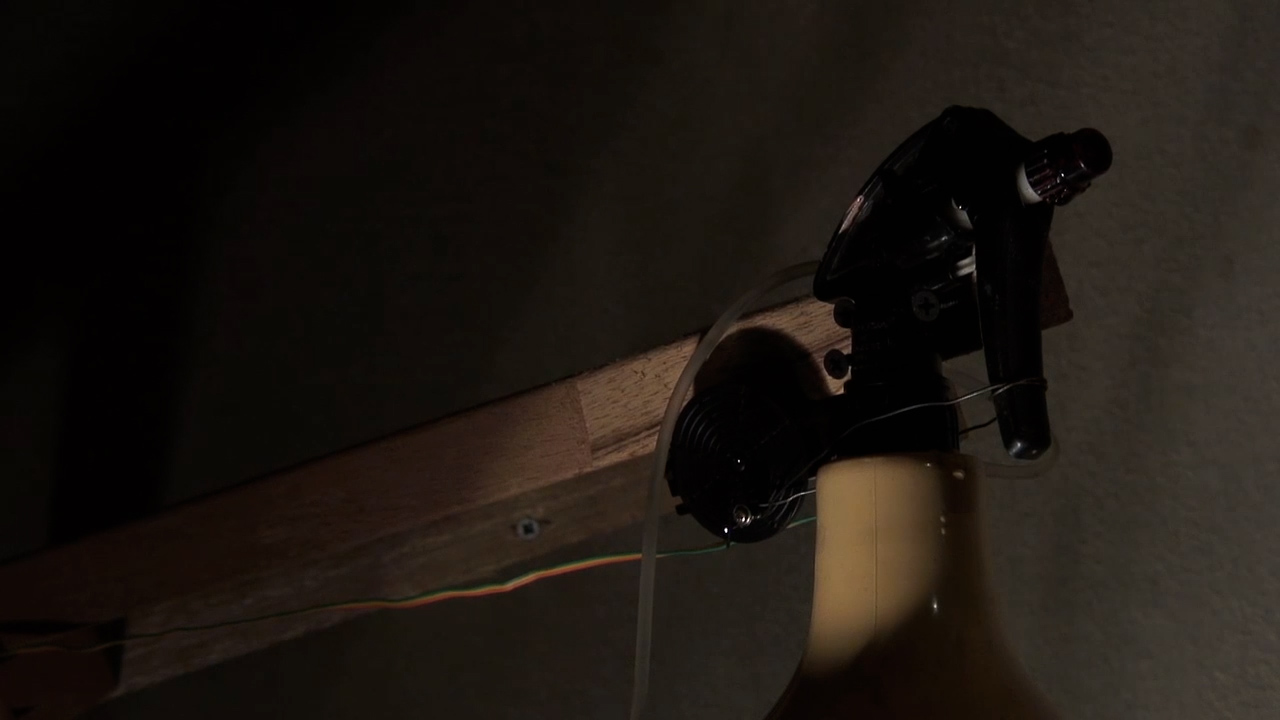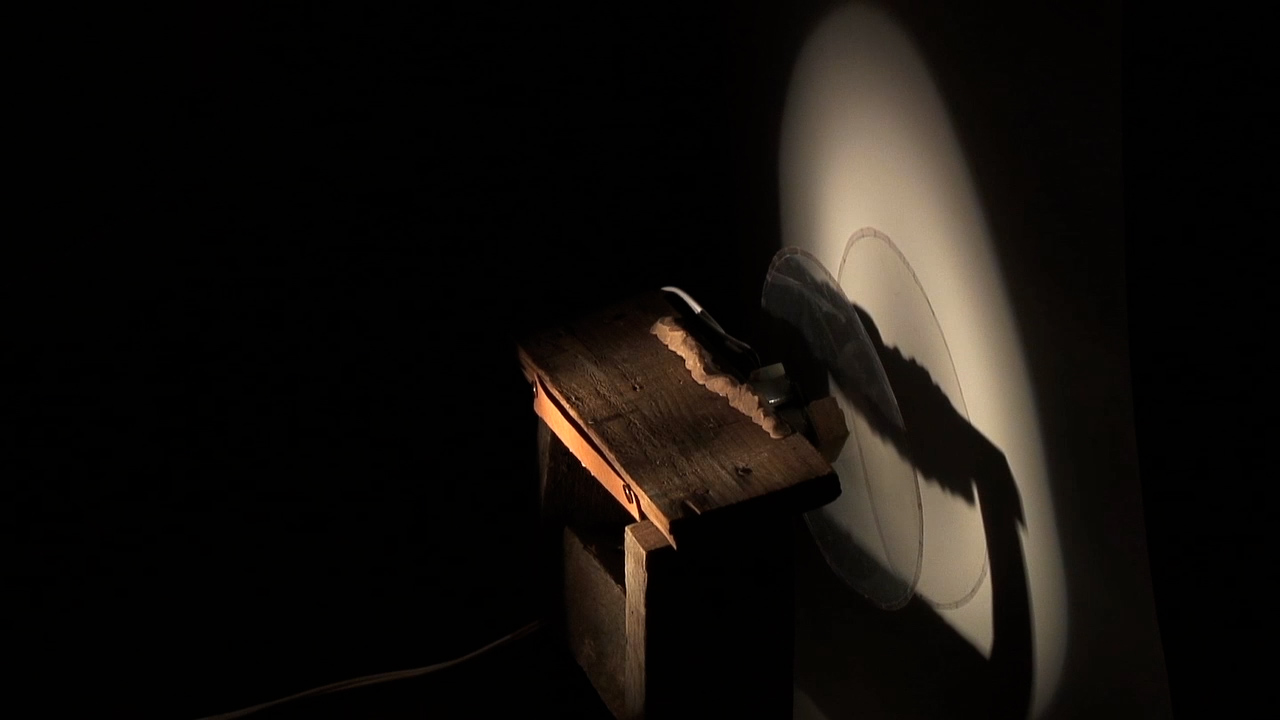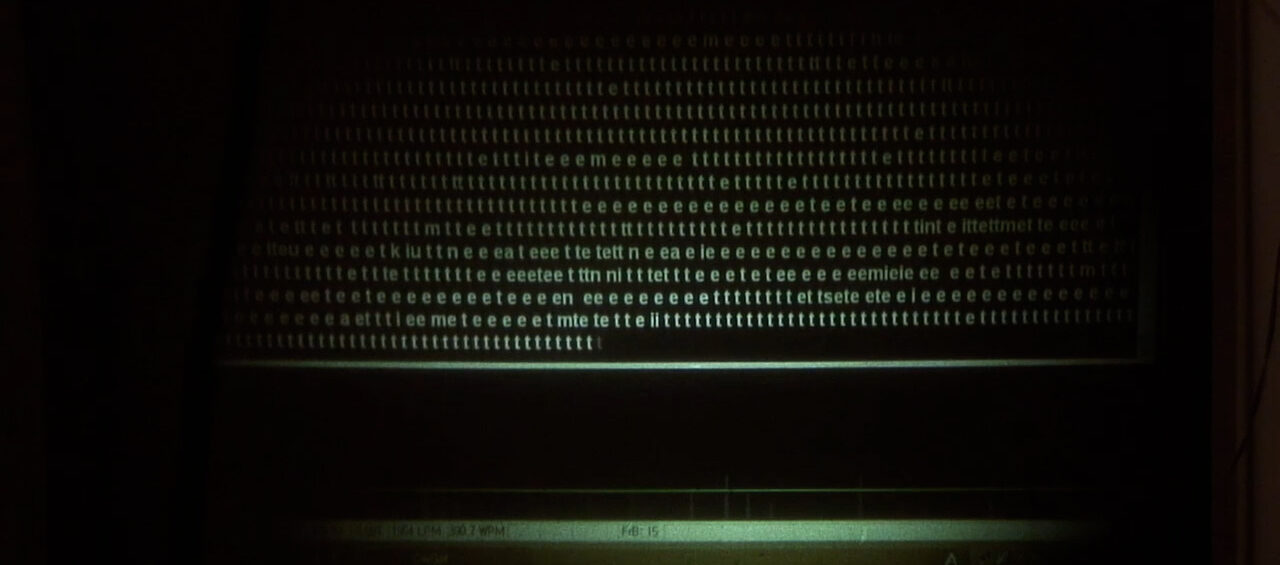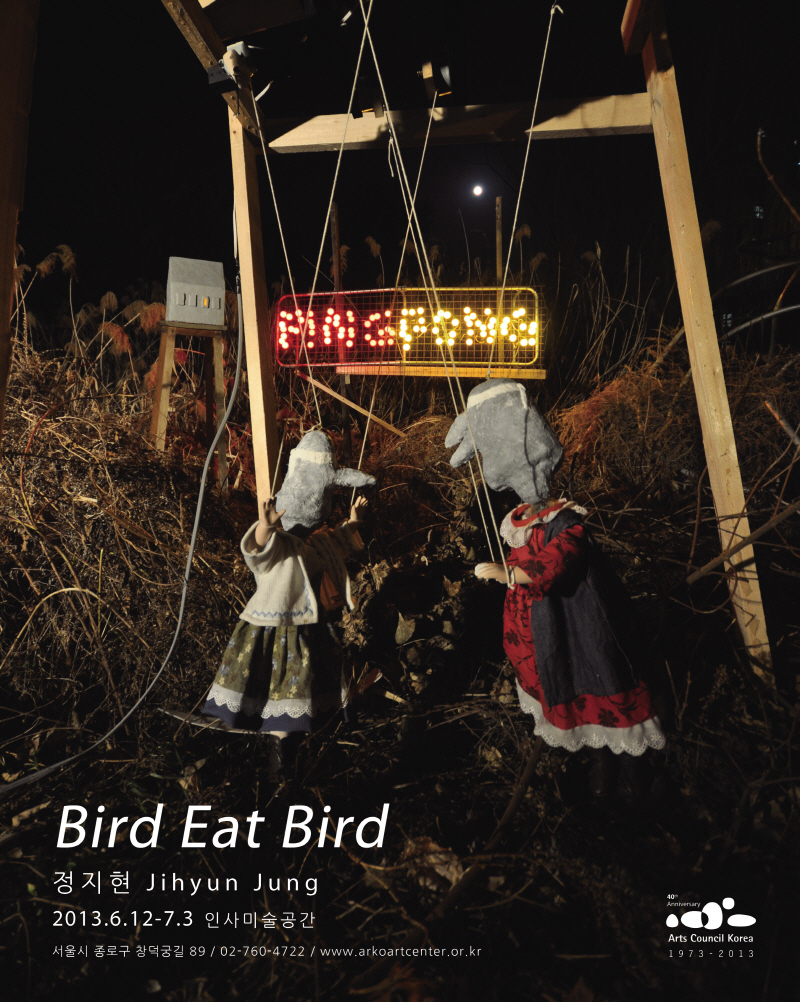정지현의 세 번째 개인전이다. 전시장 천장 공간에 다락방을 마련해 오브제를 설치했던 첫 번째 개인전 <못다한 말>(갤러리스케이프, 2010), 전시장 내에 가벽을 둘러 오두막을 지었던 <빗나간 말들>(프로젝트스페이스사루비아다방,2011)에 이어, 지하층에 미로와 벽을 향한 객석을 설치한 이번 개인전의 제목은 다. 먼저 주목해야 할 것은 전시 제목에서 드러나듯, 그가 ‘말’을 통해 보여주는 세계가 점차 확장/변이되어 온 과정이다. 개인을 무감각에 처하게 하는 날마다 속출하는 사건과 사고에 관한 말들이 그의 작업의 주제라면, 생산과 소비, 폐기의 빠른 순환을 거치는 자본주의 세계의 어느 틈에서 버려지는 오브제들은 그의 작업의 재료였다. 아주 간단하게 말하자면, 정지현은 이 정신없이 빠르게 돌아가는 세상에서 의미를 이루기도 전에 증발하거나 흩어지는 말들에 대한 안타까움을 제 생을 다 살기도 전에 버려지는 오브제들에 투영해, 길에서 주운 오브제들을 다른 조합으로 엮어 냄으로써 스스로를 무력함으로부터 해방시켜왔다. 그에게 있어 소화하지 못한 말들과 버려진 물건들은 서로에게 몸을 빌려주면서 연민의 대구를 이루는 것들이었다. 그래서 그는 ‘못 다한 말’을 위한 거처를 갤러리 천장 한켠에 마련했고, ‘빗나간 말들’의 자리를 전시장 가벽 너머의 공간에 구현했다. 그런데 이번 개인전에는 조금 다른 기류가 흐른다. 새가 새를 먹는다니. 한편, 언제나 관객의 위치를 함께 생각하면서 연극적인 관람의 장면을 연출해온 정지현은 이번 개인전에서도 관객을 조금씩 더 깊숙한 곳의 미로로 유인한다. 어떤 풍경인가 당신을 기다리고 있다.
출처 : 한국문화예술위원회 홈페이지
This is Jung Ji-hyun’s third solo exhibition. Following her first solo show, Unspoken Words (Gallery Skape, 2010), where she installed objects in an attic-like structure under the gallery ceiling, and her second show, Words That Missed Their Mark (Project Space Sarubia Dabang, 2011), where she constructed a hut behind temporary walls, this exhibition features a maze and audience seating facing the wall in a basement gallery.
What stands out first is, as the title suggests, how the world she constructs through “words” has gradually expanded and transformed. If the theme of her work has been the words surrounding the endless stream of incidents and accidents that desensitize individuals, then the discarded objects—left behind amid the fast cycles of production, consumption, and disposal in capitalist society—have been her material.
Put simply, Jung Ji-hyun has sought liberation from helplessness by projecting her lament for words that evaporate or scatter before forming meaning onto abandoned objects that are discarded before fulfilling their purpose. By combining these found objects in new arrangements, she creates works where unspeakable words and forsaken things lend bodies to one another, forming a reciprocal compassion. This is why she once built a resting place for “unspoken words” in a corner under the gallery ceiling, and a refuge for “words that missed their mark” behind temporary walls.
Yet, there is a different current in this exhibition. A bird eats a bird.
Meanwhile, as always, Jung Ji-hyun considers the position of the viewer and creates theatrical moments of encounter. In this solo exhibition, too, she leads the audience deeper and deeper into a maze. Some kind of landscape is waiting for you.
Source: Arts Council Korea website


